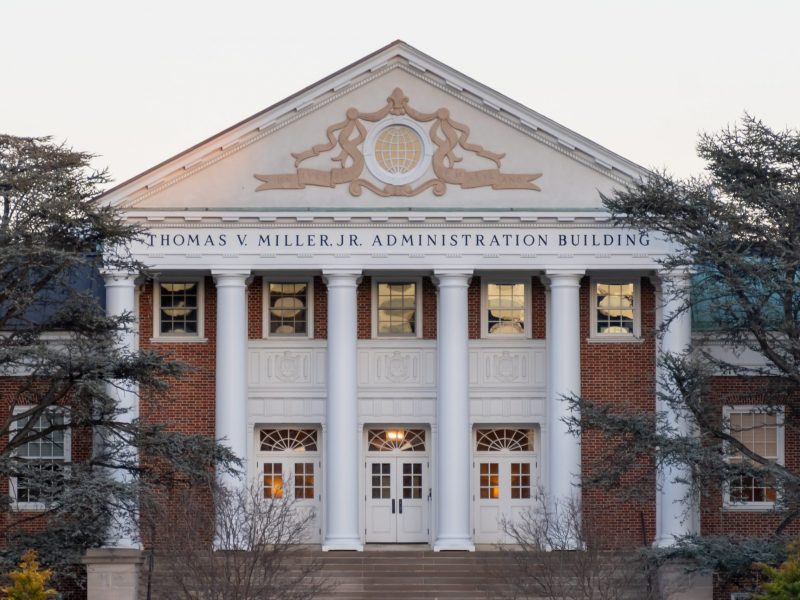By Melody Nouravarsani
For The Diamondback
A University of Maryland alum shared her research findings on potential healing mechanisms for wounded astronauts in space at the Hall CP on Monday.
More than 40 people attended the event hosted by this university’s Science Alumni Network. The speaker, Bonnie Carney — a 2014 alum of this university — collaborated with astronauts, scientists at NASA and the International Space Station and a group of university alumni to determine how space impacts the body’s healing process and if medical procedures like surgery are possible in space.
Carney emphasized that many professionals in the field worry about how astronauts can treat injuries sustained in space.
“We’re sending these people up and we don’t know what’s going to happen to them,” Carney said.
The experiment is designed to understand the role of microgravity — the weightlessness astronauts experience in space — in wound healing, Carney said.
[UMD professor’s research reveals molten rock layer above Mars’ core]
Carney said her team hypothesized that microgravity will impact human cellular interactions and negatively affect the healing process. The team also predicted surgery and other healing mechanisms are possible in space.
To test the theory, researchers used mice in three different settings. One group of mice was on the International Space Station and two groups were kept on Earth — one in a normal setting and the other mimicking the mice in space.
Carney added that researchers performed surgery on the mice aboard the International Space Station. The mice were then monitored over a few days. During this timeframe, scientists observed tissue preservation in the mice to determine the skin’s healing process in space.
After the experiment, researchers concluded that wounds can heal in space similar to how they do on Earth. But Carney said more research is necessary on this phenomenon.
“We’re in year 10 of 30,” she said.
[UMD researchers say deer could transmit COVID-19, other respiratory viruses to humans]
Several event attendees, including sophomore computer science major Sophia Lin, found the research intriguing, especially given the potential space ventures on the horizon.
Lin said Carney’s research is important as scientists are becoming more interested in space travel.
“I think it’s really applicable to NASA’s future plans if they were to develop on Mars,” Lin said.
Gwen Rodriguez, a senior neuroscience major, said the research was a real-world application of what she learns in school.
Like Lin, Rodriguez emphasized how the prospects of space exploration make this research important moving forward.
“I think there’s more of a chance that more people will either go to the moon … or just [space] exploration in general,” Rodriguez said.



